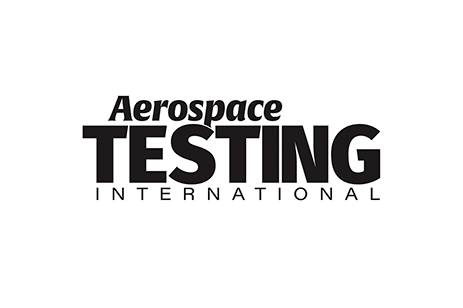
Flight test instrumentation (FTI) engineers face a number of challenges when instrumenting aircraft, including an increasing push to reduce weight of equipment and wiring, gather more and more data, and the need to meet demanding time schedules while ensuring no data is lost during flight test.
To reduce weight and save on installation time, there is a trend to move data acquisition closer to the sensors. To meet the needs of the FTI engineer, these remote data acquisition chassis must be reliable, miniature, modular, flexible, and easy to configure and manage.
A modular chassis is a better alternative than using custom-designed, dedicated acquisition units, as it eliminates the need to develop a unique box for the individual aircraft zone, each of which would typically require a different number and different types of measurements.
Designing the modular chassis with maximum flexibility enables the flight test instrumentation engineer to tailor the data-acquisition solution to closely match the requirements of the test campaign. A solid chassis can easily be sized to hold the precise number of acquisition cards required for a particular zone. Furthermore, a solid chassis can be adapted to allow the acquisition cards to be placed in any orientation, so that the chassis can be manipulated to fit in any location.
Further flexibility can be gained by allowing the acquisition cards to be housed remotely from the chassis. The most compact modular DAU comprises an acquisition card, a transmitter and a power supply. What we've found is that as the data acquisition chassis gets smaller, the power supply becomes a larger percentage of the volume. That's because any equipment connected to aircraft power must comply with standards such as MIL-STD-704 to ensure safety. By placing an acquisition card inside a separate housing and connecting the card directly to the backplane of the chassis, the need for a separate power supply and transmitter is removed. The remote acquisition card will send acquired data back to the chassis via a serial cable from which it would also be powered. The acquisition card can thus fit into a space just marginally larger than its own dimensions. Multiple remote cards can be connected to a single chassis, enabling a network of miniature acquisition units to be placed in most space-constrained locations.
A truly modular chassis means any combination of acquisition cards can be housed together in the chassis. However, there is a continuing trend of increasing bandwidth of avionics buses and sensors. A backplane with a high speed dedicated to link to each user slot is ideal for ensuring that the acquisition chassis is capable of handling the increasing bandwidth requirements into the future. This ensures that the existing stock of cards can be used with any new designs for many years to come.
Faster system configuration and preflight checks can be performed using a single software suite to set up DAUs, Ethernet switches, recorders, and third party systems. This is becoming possible with the adoption of metadata standards. DAUs with onboard processors can facilitate a fast system check through the use of built-in web servers to report status while in-box compilation and in-service firmware upgrading mean faster programming and modifications.
Reliability is another key requirement for a data-acquisition chassis. It has been shown that designing using FPGA-based state machines produces extremely reliable data-acquisition products. Even if the system gets into an unforeseen state due to power dips during flight, it will cycle out of that state within one acquisition cycle and being operating normally again.
Modern chassis need to operate in heterogeneous networks. To ensure interoperability with third-party equipment, the chassis needs to be a full network node that supports open standards, including the soon-to-be-published INET standards. To connect multiple miniature nodes to the network, it would be a significant advantage if the chassis had the built-in capability to daisy-chain other network nodes without needing a separate module.
One example of a location for a remote DAU is the aircraft's engine casing. Placing the chassis in a high temperature zone can cause electronic components to reach temperatures outside of their specification. This can be a particular problem for miniature chassis, where many electronic components are co-located in a small box. In cases such as this, one option is to add a large heat sink to the chassis to improve the cooling, but this is likely to reduce the number of potential locations in which the system can be installed.
The solution? Locating many of the data-acquisition cards remotely from the chassis makes it possible to significantly reduce the heat generated in the chassis.
The remote data-acquisition chassis is playing an increasingly more important role in flight test configurations. In order to allow the flight test engiener to acquire more measurements in a shorter campaign, the remote DAU needs to be miniature, modular, flexible, reliable and easy to configure and manage.